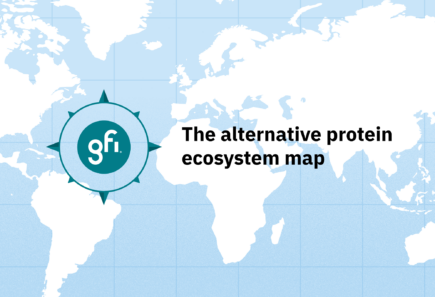
The Business of Alt Protein: LCA modeling tool for alternative proteins
Join GFI and Foodsteps for a seminar introducing a new Life cycle analysis (LCA) modeling software for alternative proteins. In the webinar, you’ll learn about this new software through real-world use cases. You’ll also have a chance to have your ESG and LCA questions answered by experts.






